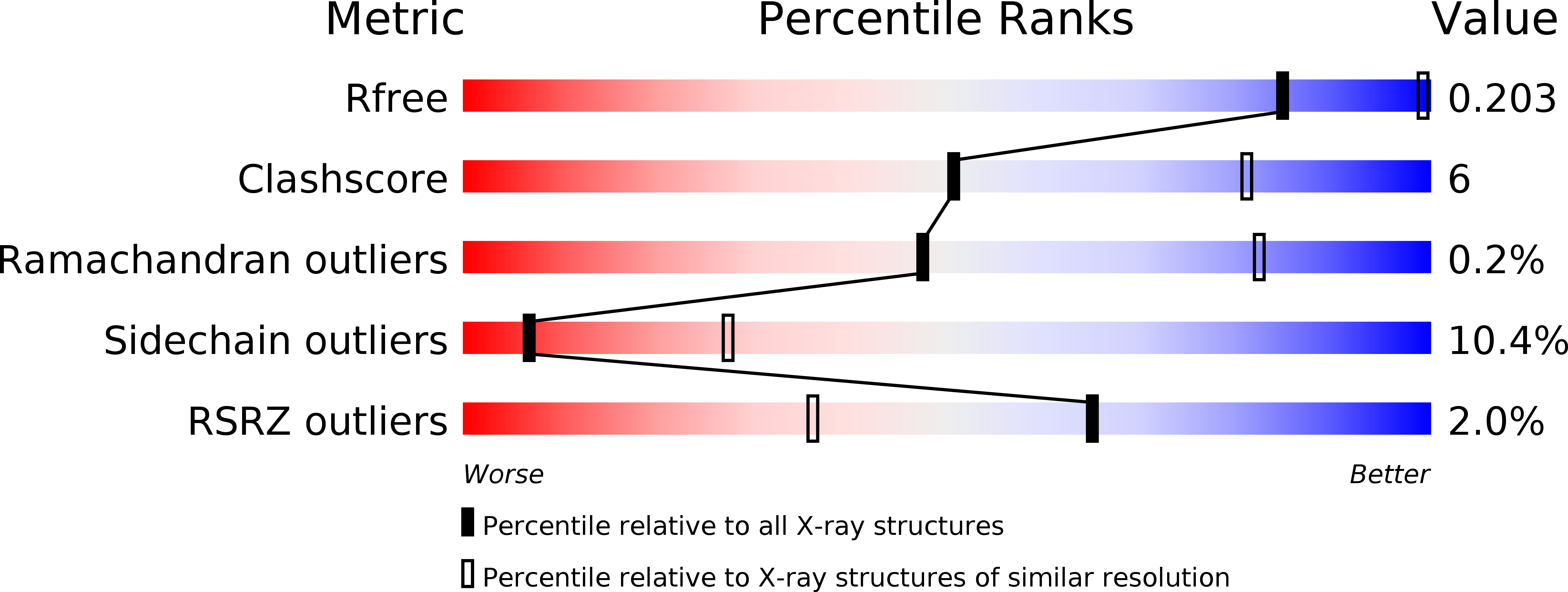
Deposition Date
2011-09-15
Release Date
2012-09-26
Last Version Date
2024-02-28
Entry Detail
PDB ID:
3TU5
Keywords:
Title:
Actin complex with Gelsolin Segment 1 fused to Cobl segment
Biological Source:
Source Organism:
Homo sapiens (Taxon ID: 9606)
Mus musculus (Taxon ID: 10090)
Oryctolagus cuniculus (Taxon ID: 9986)
Mus musculus (Taxon ID: 10090)
Oryctolagus cuniculus (Taxon ID: 9986)
Host Organism:
Method Details:
Experimental Method:
Resolution:
3.00 Å
R-Value Free:
0.20
R-Value Work:
0.16
R-Value Observed:
0.16
Space Group:
P 32 2 1


